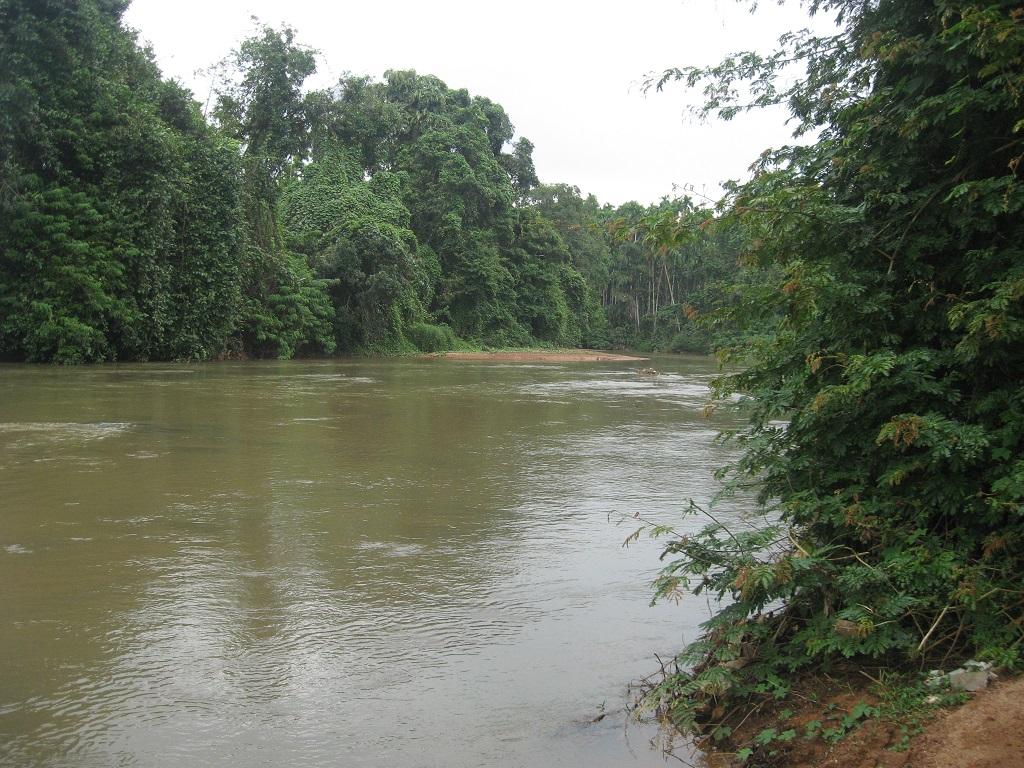

Root of the problem lies in discharge of waste from 30 cities and towns directly into these rivers, minister notes



A query by Melukote MLA Darshan Puttannaya during the winter session of the Karnataka legislature shed light on a pressing environmental concern plaguing the southern state – the unchecked influx of sewage from industrial and residential areas into the river basins.
The MLA sought insights into the government’s awareness of this issue and the measures in place to mitigate the adverse impacts on water quality and public health.
In response to the probing question, the state’s forest and environment minister Eshwara Khandre provided a stark reality check. A disconcerting number of major rivers in Karnataka, including Arkavati, Lakshmana Tirtha, Tungabhadra, Bhadra, Tunga, Kaveri, Kabini, Kagina, Krishna, Shinsha, Bhima and Netravati had already found their names on the dreaded list of polluted water bodies.
The gravity of the situation became evident when Khandre revealed that the concentration of biochemical oxygen demand (BOD) in River Arkavati had soared to more than 30 milligrammes per litre, making it the most polluted river in the state.
The issue extended its tentacles to other vital rivers as well. Tungabhadra, Bhadra, and Shinsha rivers, grappling with BOD concentrations of 6-10 mg per litre were also distressingly contaminated.
Although the remaining eight rivers had relatively lower BOD levels in the 3-6 mg per litre range, the overall picture painted a sombre image of Karnataka's water resources.
The root of the problem, as identified by Khandre, lay in the discharge of waste from 30 cities and towns directly into these rivers. The sheer volume of sewage entering the water bodies necessitated urgent action.
In response, the government set the wheels in motion to establish 24 Sewage Treatment Plants (STP) strategically placed to purify the contaminated water. These STPs aimed to tackle the pollution at its source, preventing further degradation of the rivers.
To hold local authorities accountable, the state pollution control board took a stern stance. Khandre disclosed that criminal cases had been registered against 10 municipal councils and municipalities for their failure to take the necessary action to ensure water purification.
This move underscored the government's commitment to enforcing environmental regulations and ensuring that responsible parties were held liable for their contributions to the pollution crisis.
While the STPs offered a glimmer of hope, the challenge ahead remained colossal. The fight against river pollution in Karnataka demanded a comprehensive and collaborative approach. Beyond the immediate measures, there was an urgent need for sustained public awareness, community involvement and stricter enforcement of environmental laws to address the root causes of pollution.
In conclusion, the discourse during the winter session in Belagavi brought to the forefront the harsh reality of river pollution in Karnataka. The contamination of major rivers and the subsequent impact on water quality and public health underscored the need for swift and decisive action.
As the government grappled with the task of mitigating the crisis, the responsibility also lies with the citizens to actively participate in conservation efforts and promote sustainable practises to safeguard the state's invaluable water resources.
“The water quality of 30 rivers in Karnataka was monitored at 107 locations during the years 2019 and 2021, out of which 41 locations on 17 rivers were found to be non-compliant with the prescribed water quality criteria with respect to BOD,” according to the CPCB report.
The maximum numbe rof polluted river stretches are in Maharashtra (55), followed by Madhya Pradesh (19), Bihar and Kerala (18 each), and Karnataka and Uttar Pradesh (17 each).
Even though the report on water quality is dated, it continues to instill fear among the public due to persistent concerns regarding water quality, according to a senior official from the Karnataka State Pollution Control Board (KSPCB).
Recognising that improvements won't happen overnight, KSPCB is actively working to assess the ground situation by collecting samples from various locations. The water quality in some areas, the officials observed, has deteriorated over the past five years.
The urgency of the situation has prompted KSPCB to emphasise the imperative for municipalities and panchayats to actively engage in the establishment of robust underground drainage systems and STPs.
Samples are not limited to the identified 17 rivers but extend to surrounding water bodies, reflecting a comprehensive approach to understanding the extent of the problem.
The official highlighted the significance of ongoing National Green Tribunal cases related to polluted rivers and water bodies, indicating the gravity of the environmental challenges faced by the state.
Acknowledging the dire state of water bodies, especially in Bengaluru, the official admitted that the water quality of lakes across the state is notably poor. The Central Pollution Control Board report categorises most rivers in Karnataka under categories 4 and 5, indicating their suitability for wildlife and fisheries propagation, irrigation, industrial cooling and controlled waste disposal.
The report places the Arkavathi river water along Hessarghatta to Kanakapura, Dakshina Pinakini along Mugalur, and Then Pennai along Kodiyalam under Category 1. This classification signifies that these waters can be used as a source of drinking water without conventional treatment, albeit after disinfection.
We are a voice to you; you have been a support to us. Together we build journalism that is independent, credible and fearless. You can further help us by making a donation. This will mean a lot for our ability to bring you news, perspectives and analysis from the ground so that we can make change together.

Comments are moderated and will be published only after the site moderator’s approval. Please use a genuine email ID and provide your name. Selected comments may also be used in the ‘Letters’ section of the Down To Earth print edition.